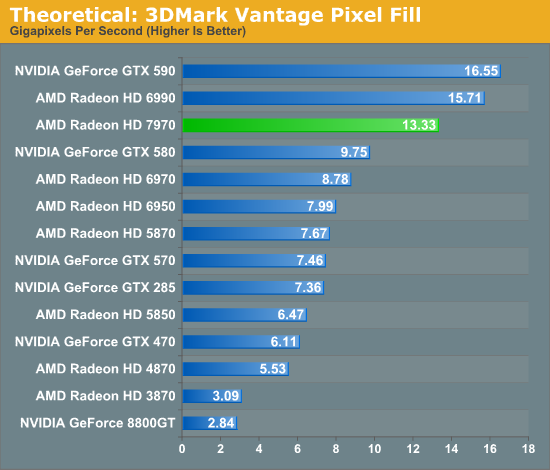I have no issue paying $550 for a video card that will give me 20-30% performance increase over my current card. I will NOT pay $550 for a card that gives me a 5-10% performance increase...
Where are you seeing just 5-10%? If your comparing it to the 580 SLI setup in your sig then that is just plain stupid...
![[H]ard|Forum](/styles/hardforum/xenforo/logo_dark.png)
